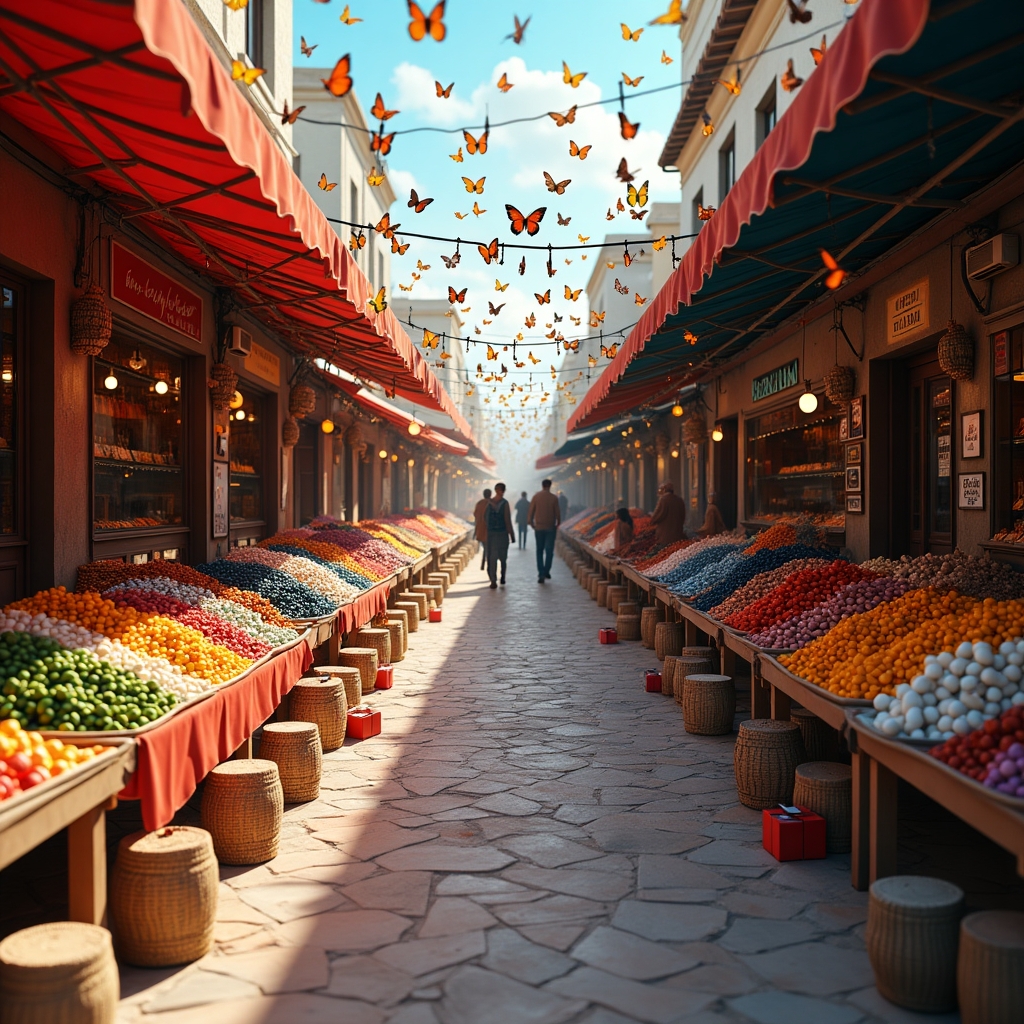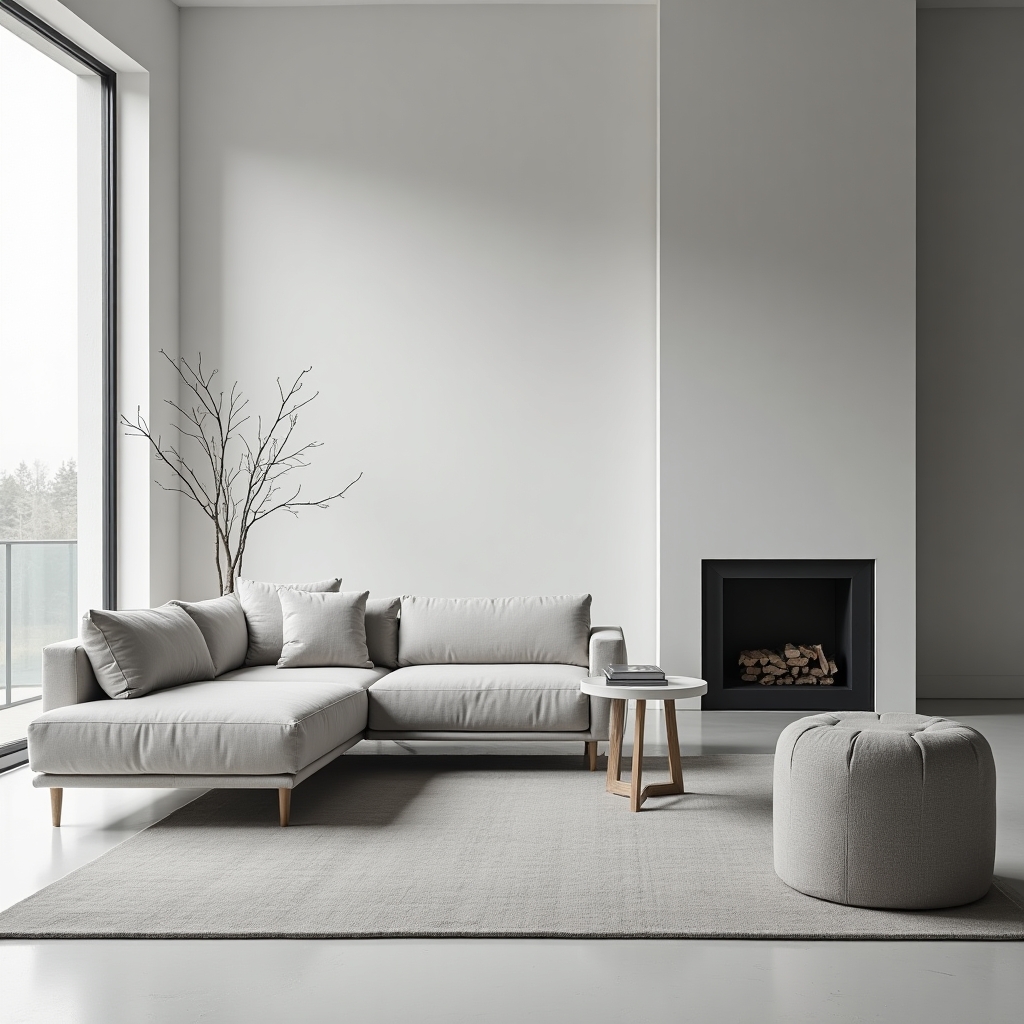Prompts for AI Image Generation: Tips and Strategies
Developing effective prompts will be particularly important as AI tools and applications improve since they directly determine the nature and relevance of images created. Giving detailed instructions to the AI can achieve more accurate and creative results, making prompt writing a vital skill for AI artists.
Tools such as HypnoPixels allow users who are new to AI image generation technology to do so more easily by enabling the formulation of user-defined prompts that are clearer and easier to understand. Only by using the right prompts can a person create uniquely styled images with a desired theme or mood that is more visually appealing overall.
Why Good Prompts Matter in AI Image Generation?
Good prompts are fundamental in AI image creation processes because they are considered a guideline for the AI. The application understands the context of the user’s entrance better. Hence, the algorithm can easily execute the user’s instructions regarding the image that needs to be created.
This can be accomplished by using the phrases ‘this image has modern architecture and is a vivid red color, and the sun is setting in the background.’ Consequently, the AI would produce the expected image, as all the requirements for creating the image have been met, and less guesswork will result in a higher-quality image.
If users are careful about the kind of prompts that they use they stand to come up with results that are in harmony with their or their brands’ images. If not for targeting features, it is easier to depict an image of choice and this is through the use of aspects like style, mood and composition among others. This is why it’s popular for marketing or creative projects.
The prompts are created to mediate between what the user intended and what the AI app can offer when constructing a particular image. Understanding how AI interprets language helps users modify prompts so that they get desirable feedback on a general basis.
Basics: Key Elements of an Effective Prompt
While the lack of direction can be good for open discussion, AI models hate being without bearings which can lead to writing paragraphs full of abstract words. The language at the prompts must not be too specific on what is expected by dwelling more on what the target visuals are suppossed to be.
For instance, using “a serene mountain range at sunset, with brilliant orange skies and snow-capped peaks” instead of “landscape” would greatly boost the AI’s ability to capture elements that characterize the imagined scene.
Providing color, texture, and context to subjects improves the image-creation procedure. Colors, for instance, can evoke particular moods—”pastel tones” may suggest softness and tranquility, while “bold primary colors” convey energy and vibrancy.
You can do the same with textures to add more depth and realism to the final output. The more details you add to your prompt, the better. But it’s again important to remember that you need to be highly specific; otherwise, the AI will interpret it incorrectly, resulting in a disaster.
Tips for Creating Unique and Creative Prompts
Creating unique and creative prompts for AI-generated images requires collages of words and symphonic poems that help bring out figurative language, opening the structure that AI requires; try these tips, and word it whichever way you see fit.
- Use language that invites metaphorical scenarios
Use language that invites more creativity. For instance, instead of saying ‘peaceful forest,’ you can say ‘the trees stood silent in a calm forest filled with clouds of darkness wrapped in moonlight.’ This would prompt a more vivid and detailed image.


- Require depth and detail
Add rich qualities such as color, texture, or style. For example, stating “a market where all colors flutter like butterflies” instead of a generic “a busy market” infuses energy, yielding a more vivid picture.


- Accept restrictions
Setting parameters like color, pattern, or even an underlying theme challenges the AI to seek more imaginative resolutions, resulting in surprising and wonderful images.
- Be prepared for the unexpected
Get ready for some slack for the elements generated by strange AI. Occasionally, certain changes that you make to your prompt actually improve the image, adding substance and creativity to the picture.
Style and Tone for Brand-Specific Imagery
You can also experiment with style and tone to enhance a brand’s personality. For instance, using terms like “vintage,” “minimalistic,” or “playful” can completely change the expected outcome.
For example, a retro-themed brand could use prompts such as “vintage diner scene with pastel tones” while a sleek, modern brand might request “minimalist interiors with monochrome color schemes.”


These two prompts would produce different results corresponding to a brand’s image.
Test and Optimize Your Prompts for Best Results
Testing and optimizing AI prompts refers to the practice where the element of the images generated is scrutinized to discern how close it is to the anticipated idea or target. If needed, small actions should be taken to improve it as necessary.
The end result should consider the absence of details, intermixing of styles, and illogical shapes and ideas. To tackle this, Include details like color, textures, or styles of art references in the revised prompt to narrow it down.
Wrapping Up
To wrap things up, to get the most out of AI-assisted visuals, one should learn how to work effectively with prompts. With better prompts, including more descriptive language, comparisons, and styles, people can create distinctive images that suit their individual or their brand’s design needs.
HypnoPixels is a tool that helps improve creativity by providing flexibility that allows for different adjustments. As you keep trying out new variations and editing your work, the more the search term becomes closer to what you had in mind.